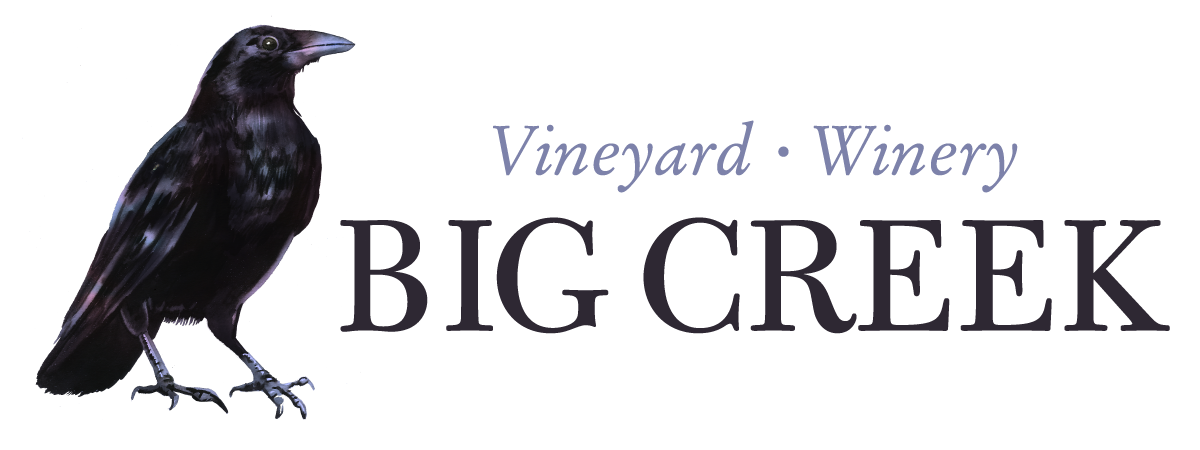Our History
How We Ended Up Growing Grapes in the West End
Our History | Documentary Interview | Why a Vineyard?

Eighty-odd years ago, the men in our family were looking for a place to go hunting. Grandma Millie, our matriarch, was just a girl at the time. Her mother Nana saw an ad in the New York Times advertising 80 acres with an old farmhouse, a barn, and an old school from the 1800’s for sale. Should anyone wish to view the property, the landowner would pay for their train fare to Stroudsburg and put them up in the Indian Queen Hotel. They would also throw in a free set of Melmac dishes.
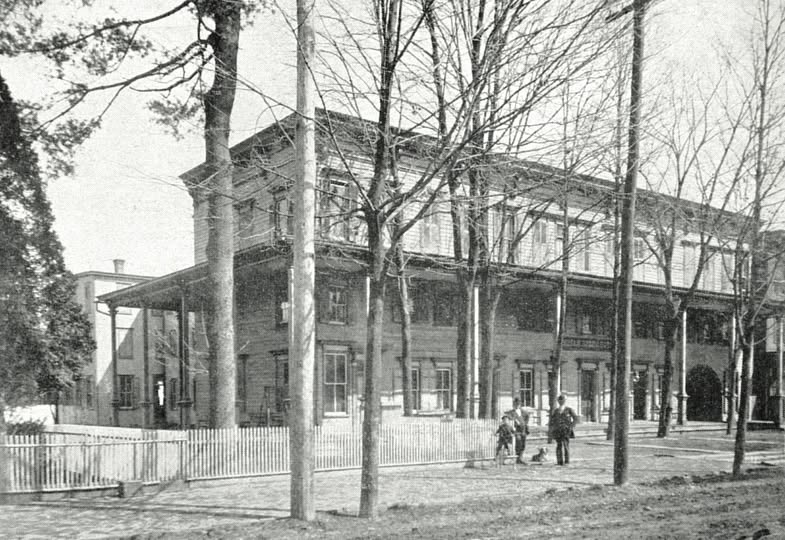
– Monroe County Historical Association
Nana and Aunt Jo made the journey to see the property. The entire kit-and-caboodle was on sale for $2800, including the various buildings. We still have that set of Melmac dishes.
Their husbands, Kiki (Millie’s father) and Uncle Dom, split the cost of the property and kept 40 acres apiece. Kiki chose the acreage upon which the vineyard now sits. Uncle Dom chose the acreage up on the hill.
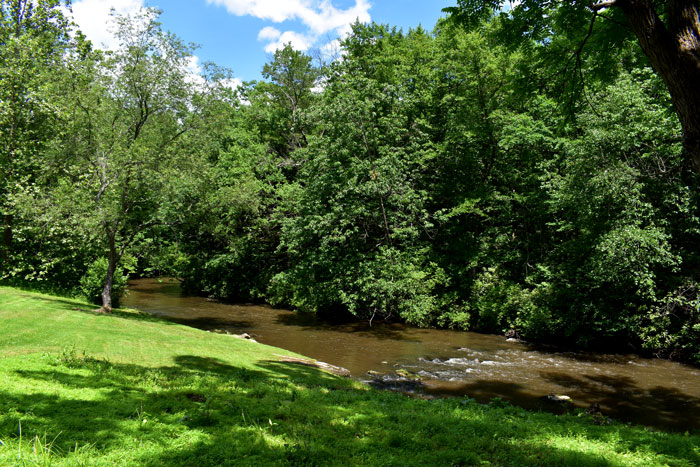
The old farmhouse was given some much-needed repairs. Uncle Dom and Aunt Jo lived there for a time until they built a log cabin elsewhere on the property. Kiki and Nana took up in the old farmhouse.

Over the years, Kiki cleared all the land on the stream side of the road, making a clear and perfect view of Big Creek. He worked tirelessly to make the property into the paradise he envisioned.
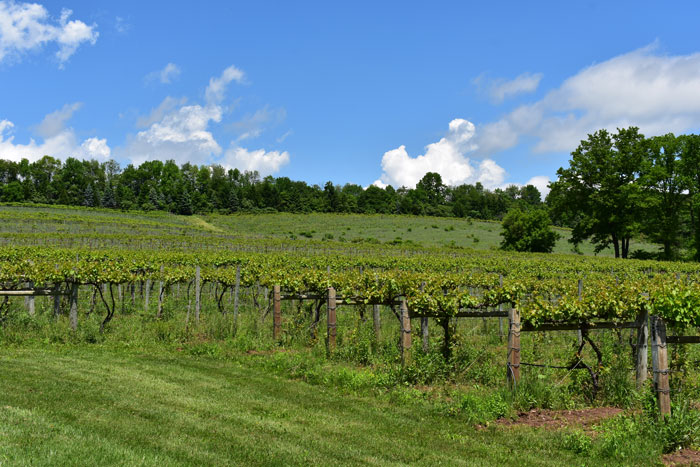
Millie says what her father lacked in formal education, he more than made up for with common sense.
“There’s only so much land in the world,” he had said. “Once people buy it all up, it’s gone.”
We owe very much to his foresight.
Grandma Millie on the Origins of Big Creek Vineyard
A short documentary interview with our matriarch.
It was a long road that led from Sicily to Kresgeville. Grandma Millie told me that her own paternal grandparents came through Ellis Island and resided in Brooklyn with their seven children, until her grandfather died of pneumonia when their youngest was only two. Her grandmother, who barely spoke English and worked in a factory stuffing mattresses with goose feathers, had to find a way to support her family.
These were the days of Prohibition and The Great Depression was creeping ever closer. The women at her church taught her how to brew bathtub gin for extra income to survive. Grandma Millie’s father Sam was apprenticed to a butcher at around 5-6 years old, while her Uncle Dom (our vintner’s namesake) was apprenticed to a physician. Thus began their fight for survival as America descended into widespread poverty.

This video remains one of my favorite winery projects to date. It has become a source of great grounding and comfort as time goes by. My grandmother had a way with stories, and truly made me feel as if I knew so many people I never had the chance to meet. Heritage is a story woven across generations, and this is her telling of our family’s first chapter in the Pocono Mountains.
Why a Vineyard?
“How did you get started?”
– certainly a proper question to ask a novice vigneron in the mountains of Pennsylvania.
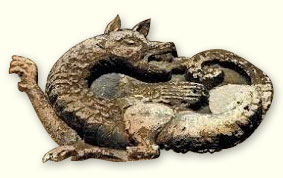
A circular story which begins and ends on the farm in Kresgeville, where our vineyard stands today. The farm had always been a summertime Camelot. A place of extreme natural beauty and wonder, where a boy from Brooklyn could adventure his heart out. Purchased by my great uncle Dominic and my grandfather Sam three quarters of a century ago, it was the place I always wanted to be.
There was no good living to be had in adventuring- except, perhaps, as a Forest Ranger or Game Warden. And so the epic of education began. Beginning in upstate New York (SUNY at Cobleskill), then as west in Kentucky as one can get (Murray State University), then ending up in Georgia (UGA in Athens). By this point in time the idea of being a Game Warden or Forest Ranger had morphed into wildlife parasitology.
It was in Georgia that I first got interested in wine in a social context. I really liked people who liked wine. Georgia was also where I first visited a real winery (B & B Rosser Winery in High Shoals-sadly no longer in business). From there it was north to a research position at the USDA in Maryland.
Maryland was just a good stone’s throw from the farm. Weekends there were gold. At the same time, I was becoming more comfortable with wine and began making my own, with grapes from California via Brooklyn. One fateful weekend at the farm, my mother’s best friend’s (Mary) father (Mr. D) suggested that I should try growing grapes instead of buying them. So, I did.
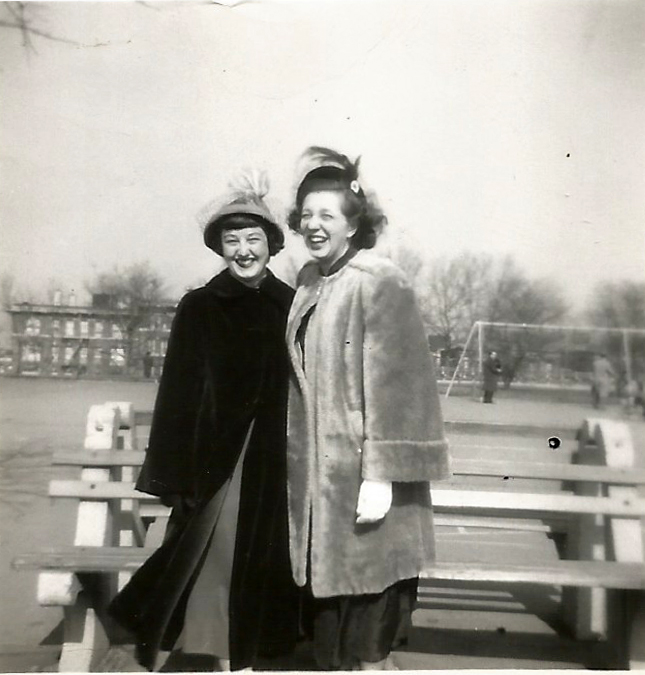
When my grandmother superglued her mouth shut because she absentmindedly held the tube with her lip while repairing a terra cotta pot, it was Mary she called, who ran frantically across four lanes of NYC traffic because it sounded to her as if Mille’d had a stroke, only for both of them to be paralyzed with laughter once she arrived and realized what actually happened.
They were the only two Sicilian girls undercover at a predominantly Polish Catholic school, and their friendship lasted from the age of 4 until Mary passed away at 83. “Those damn cigarettes,” Grandma Millie would lament each time she was reminded of her loss. They would be reunited nine years later.
We started with some concord, then some European varieties which were used to make the wines we liked to drink, and then some hybrid vines. At this point we had close to 5 acres of grapes and were making very drinkable wines, mostly. From there we decided to make it a family business and jumped in with both feet. So here we are.
“Why did you get started?”
– is the question people really wanted to ask, but were too gracious to imply that they thought we were crazy.
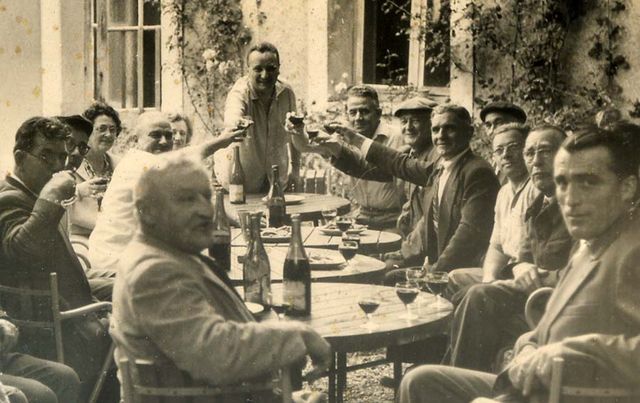
It was just a picture that came to be in my head, a simple and innocent provenance. Not an image of wine bottles with medals, black tie dinners, or bags of money. Just an old wooden table with mismatched chairs, set out at the edge of the vineyard. Some fruit, cheese, olives and bread; pitchers of wine and water, and jelly jars. Numinous, rustic, peasanty, and perfect.
Around the table are a handful of people. In brilliant focus are the hands of the oldest and the faces of the youngest (the rest were an “image sfumato” al la da Vinci). The hands are stained, cracked and calloused. The faces are smooth and scrubbed clean, eyes wide and bright, ears pricked.
Mostly they represent characters from my past with some link to wine. The elders had the elegance of simplicity and a grace born of hard work. Authoritative without the arrogance. They speak softly because everyone cares about what they were saying. It was life that they are talking about, using vines and wine as a metaphor. Past, present and future, just from the shape of a vine or the taste in a sip of wine. Quiet empaths, the vines are not an audience, but members of the same choir.
For whatever reason, it appeared while at a crossroad of career and proximity to the farm.
It has proven to be both cathartic and Benedictine in nature.
